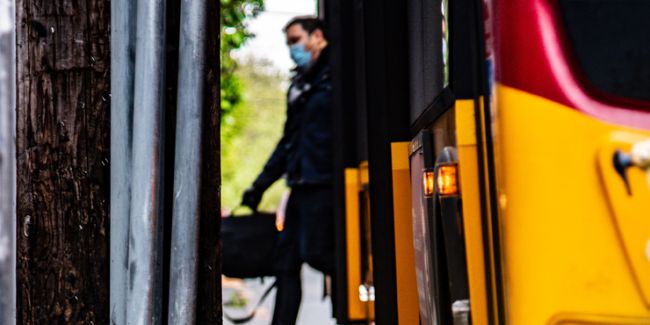How to build a nuclear power station
In the last days of Theresa May’s Government in the UK, a new policy was implemented targeting net-zero carbon emissions by 2050.

In the last days of Theresa May’s Government in the UK, a new policy was implemented targeting net-zero carbon emissions by 2050. This is a radical shift which requires fundamental changes across all parts of UK society.
This renewed emphasis on reducing carbon emissions is helping give a much-needed boost to nuclear power, but the existing nuclear power stations in the UK are reaching the end of their working lives and, of the planned new facilities, only Hinkley C has progressed to the construction phase.
So, if nuclear power is going to help reduce carbon emissions from the energy sector then a raft of new power stations is required. However, getting planning consent for these facilities is complicated, very costly and often controversial, taking many years to progress through the system. In practice, it is not the operation of the power station which provides the most significant planning challenge but the construction phase, which can take almost a decade and involve many thousands of workers living and working in isolated areas.
The planning of the Wylfa Newydd power station in Anglesey in North Wales shows how providing a sustainable transport strategy can help manage impacts and smooth the planning consent process.
The first challenge is materials. A new nuclear power station needs approximately 6million tonnes of material to be delivered. A lorry can typically carry 20 tonnes per load, making this equivalent to 300,000 lorry movements, which would lead to large and unwanted traffic, noise and air quality problems for local residents. However, nuclear power stations need plenty of water for cooling, and so the Wylfa Newydd scheme is located next to the Irish Sea, allowing 80% of all material to be delivered by sea. To help manage the impacts of the remaining lorries, a series of bypasses is proposed around villages on the road linking the construction site to the main road network.
The second challenge is worker travel. Anglesey is mainly rural, with 70,000 residents and two main towns of Holyhead and Llangefni. The arrival of up to 9,000 construction workers suggests traffic impacts could be high if car use is permitted to dominate.
This is where matching travel arrangements with worker characteristics helps build a sustainable transport strategy. The first step is to provide on-site accommodation, in the case of Wylfa Newydd for up to 4,000 workers. This removes entirely the need for day-to-day travel to and from the work site. This accommodation will have a wide range of leisure facilities to make it an attractive place to live, and it will be particularly suitable for workers who move to Anglesey from the rest of the UK, Europe and further afield to help construct the scheme. The project also aims to provide jobs for at least 2,000 local residents as well as 3,000 additional temporary workers and a new shuttle bus network and Park and Ride facility are proposed to link local towns and villages with the construction site. These will substantially reduce the need for construction workers to travel by car. To provide an extra incentive, all cars parking at the main site will generally need to carry three workers to be allowed through the gate. This is a very high-level car sharing strategy, but the shift-based patterns of work and the location of the site at the edge of an island mean this is considered achievable, especially given the success of a similar scheme recently implemented in Sellafield.
All these measures have led to a target of approximately 80% of daily worker trips using non-car modes showing that best practice transport planning can lead to positive transport outcomes. However, challenges remain and the funding of a £20billion project like Wylfa Newydd is never straightforward. Seeing this sustainable transport scheme operating in practice will require a successful conclusion to negotiations between the UK government and the Japanese developers of Wylfa Newydd concerning the financial and economic arrangements for the project.



















